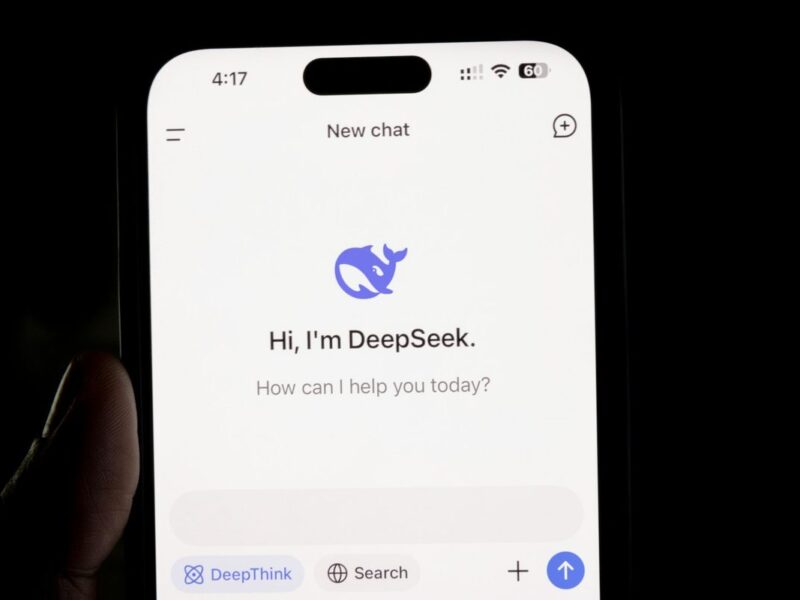If you’ve ever paused before clicking “Accept All” on a cookie banner, you’re not alone-and you’re not wrong to hesitate. In that split second, you’re brushing up against two of the most important digital concepts of our time: data privacy and data protection.
People commonly use prey and pray interchangeably, and they pronounce them similarly. However, to the manager of any business, the brand builder, or the person who is simply hoping to survive in the Internet world, it is more important than ever before to understand the difference.
What Are We Really Talking About?
Data protection is about how information is safeguarded, think security systems, encryption, and access controls. It’s the technical and legal armor that keeps personal data from falling into the wrong hands.
Data privacy, on the other hand, is about who owns the right to that information and how it’s used. It guarantees that people control what is gathered, why it is gathered, and the possibility of sharing.
To put it simply:
- Data privacy is the right to keep things personal.
- Data protection is the method of keeping those things safe.
You must have each. The absence of one produces holes legally, ethically and reputationally.
Why the Distinction Matters Now
We are going through a period when a data misstep can make a company make headlines, but not favorably. Be it a security breach or vague level of consent language in a privacy policy, the fallout is quick, transparent, and enduring.
Consumers are monitoring. Regulators are looking on. And search engines are stalking as well.
One such area is an explosion in separate instances related to how bad data practices have directly led to a reputation issue, such as trivial matters related to data privacy, which is directly related to NetReputation. Not because of some hack, but because of users who had been caught with their pants down as to what happened to the information they had.
Concisely, suspicion of irresponsibility is enough to hurt trust.
Data Protection: Guarding the Gates
Data protection is the behind-the-scenes work, securing systems, managing access, encrypting information, and preparing for potential breaches.
The basics include:
- Intrusion detection, firewalls, intrusion detection, and firewalls
- Encryption of information ( e.g., AES-256)
- Multi-factor authentication (MFA)
- Role-based access controls
- Periodic security audit
And it is a question of exposing as little vulnerability as possible. However, the adherence to the rules does not imply that your company will be perceived as trustworthy. Privacy comes in there.
Data Privacy: Earning (and Keeping) Trust
Data privacy is about giving people agency over their information. It answers the questions:
- What statistics are you getting?
- Why are you supposed to?
- Is it possible to say no?
This is not a joke to companies that want to take it seriously by providing clear opt-ins, describing how they use data in an easy, understandable language, and a way out so that users can change their minds easily. Engaging legal requirements is not the aim; it is important to demonstrate that you do respect your audience.
Common privacy rights include:
- Here is the right to access personal data
- Right to delete
- The right to withhold or forbid some uses
- Access to information as to who views the data
Privacy wins loyalty when it is treated right. When not observed, then lawsuits, poor publicity, and long-term reputational damage ensue.
Where Things Go Wrong
Many businesses believe that data protection alone is sufficient. They spend on security infra, but not the human one- transparency, choice, clarity.
Other people use copy-pasted privacy policies, which are far from the truth of what is going on under the hood. That is a formula of trust erosion.
And in the case of individuals? It is not only a case of corporate overreach. Even the smallest choice, such as whether to allow access by a phone app.
Stakeholders and Responsibility
- Data Subjects (that’s all of us): are entitled to know and impose what is done with their data.
- Data Controllers: determine why and how personal data is being processed.
- Data Processors: process data on instructions of the controllers- often third-party vendors.
- Regulators: Play the role of enforcing the rules and punishing them once they go wrong.
Many companies now appoint a data protection officer (DPO) to oversee compliance and keep the organization aligned with fast-changing laws and expectations.
However, safeguarding your brand is more than a regulatory issue; it is about culture.
So, What Should You Do?
Whether you’re running a business or managing your personal brand, here are a few essentials:
- Audit what you collect: Have less risk, gather more trust, but don’t help collect more than you need..
- Write human-readable policies: avoid the lawyer’s words. Speak in plain terms..
- Make opting out easy: If users are required to invest effort to defend their privacy, they will not forget it–or like it.
- Secure what you store: Keep what you store safe with the best protection you can pay for, like encryption, two-factor authentication, and restricted access.
- Stay proactive: the laws are developing at a fast pace. Expectations are so as well. Keep evolving.
Final Thought: The Real Difference
Data protection and data privacy aren’t rivals; they’re partners. One is control, the other is consent.
You may bolster the door (protection). However, when you go about and just enter a house without knocking (privacy), the key is irrelevant.
Both are necessary in the current era of the digital world. When you are making efforts, or trying to make efforts, to rebuild trust, you cannot afford the confusion.
;

